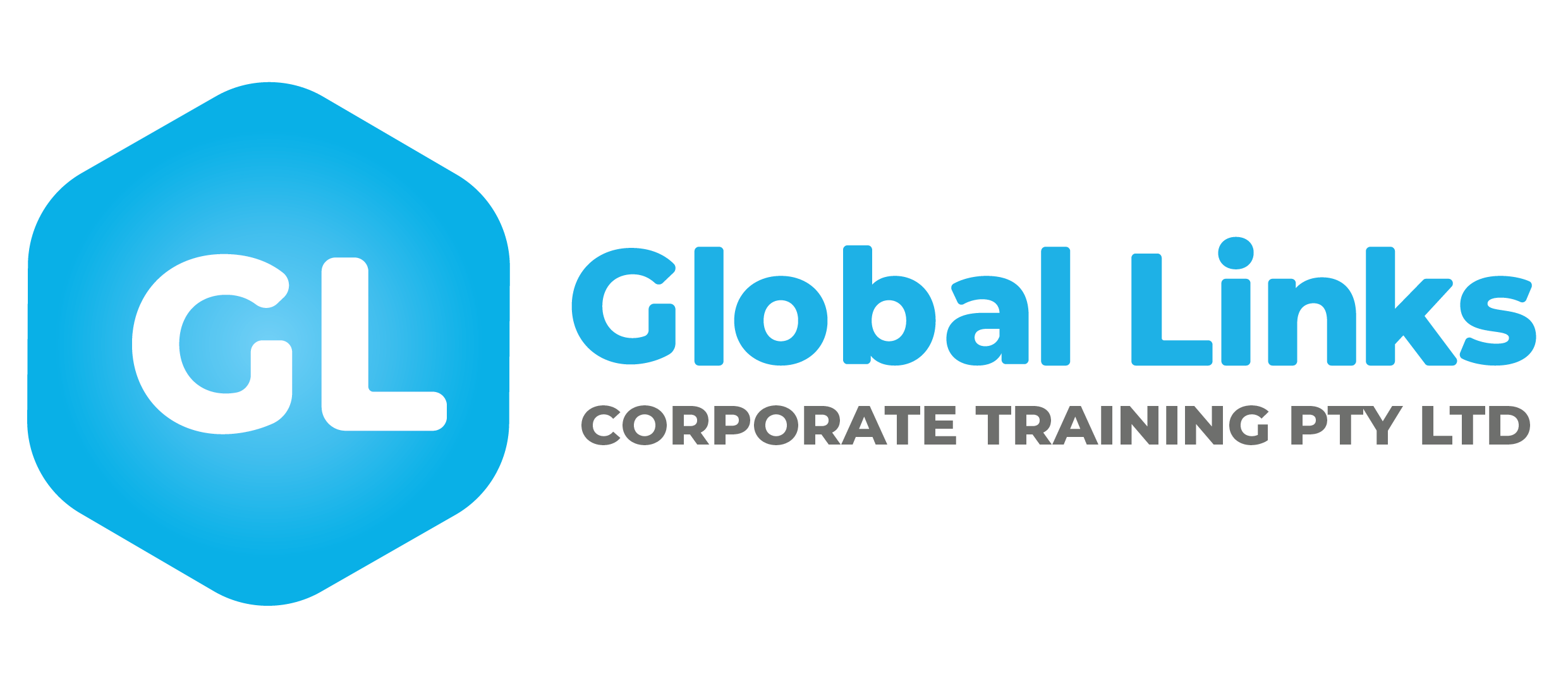Africa's Window of Opportunity in the Global Critical Minerals Boom
- Bonke Sutye

- May 22, 2024
- 3 min read

At the recent Cobalt Congress held in New York from May 13 to 14, the Democratic Republic of Congo (DRC), one of the countries with the largest global cobalt reserves, played a pivotal role. Representatives from the leading cobalt-producing nations gathered to discuss feasibility studies for the security and development of the electric vehicle value chain.
Representing the Congolese delegation at this significant international event, which marked the 30th anniversary of the Cobalt Institute, the Director General of the Mining Cadastre highlighted the strategic discussions on developing the electric vehicle value chain. "This event was an opportunity for us, the cobalt-producing countries, to examine feasibility studies aimed at ensuring the security and sustainability of this sector. This meeting is of major strategic importance for the DRC. As the world's leading cobalt producer, we have a central role to play in the sustainable development of the electric vehicle value chain," he said.
Meanwhile, copper surged to its highest-ever level, extending a months-long rally driven by financial investors betting on deepening supply shortages. Futures on the London Metal Exchange jumped more than 4%, taking copper past $11,000 a ton for the first time, before paring some gains in afternoon trading. Banks, miners, and investment funds have been touting copper’s bright long-term prospects for months. A flood of investment into the market over the past few weeks has pressured bearish traders who’ve taken a more cautious stance due to weak spot demand, particularly in China.
Several developments in 2024 have emboldened copper bulls and drawn in a rising tide of speculative money. Tight supply of copper ore fueled talk of output cuts by smelters, and investors are betting that surging usage in fast-growing sectors, including electric vehicles (EVs), renewable energy, and artificial intelligence, will offset the drag from traditional sectors like construction. Prices started to take off in early April, and last week the rally went into overdrive as a short squeeze on the New York futures market triggered a global rush to secure the metal.
Jeff Currie, commodities veteran and chief strategy officer of the energy pathways team at Carlyle Group Inc., said last week that copper was the best long trade he has ever seen. However, many participants in the physical trade have warned that copper prices were running ahead of reality. Demand remains relatively tepid — especially in top buyer China, where inventory levels remain high, and suppliers of copper wires and bars have been cutting output. But the disconnect has continued to grow as investors flocked to Western exchanges and bearish traders rushed to buy back short positions.
The Cobalt Congress discussions also offered promising initiatives to strengthen the DRC's position in this rapidly expanding sector while ensuring that local populations benefit economically. Participants from these cobalt-producing countries addressed the role of the Mineral Security Partnership (MSP), a collaboration of 14 countries and the European Union, which aims to catalyze public and private investments in responsible supply chains for critical minerals like cobalt. This collaboration promotes high environmental, social, governance, and labor standards to encourage diversification and resilience in these sectors.
The meeting concluded with the signing of a tripartite memorandum of understanding between the United States, the DRC, and Zambia. This agreement aims to strengthen cooperation to further develop the cobalt value chain, which is essential for manufacturing electric vehicle batteries.
With the simultaneous rise in cobalt and copper prices, Africa stands at a critical juncture. The global economic circumstances and the increasing value of critical minerals present an unprecedented opportunity for African nations to leverage their vast mineral wealth. The surge in copper and cobalt demand, driven by the booming EV and renewable energy sectors, positions Africa as a key player in the global value chain. This is a now-or-never moment for the continent to secure its economic future and ensure that the benefits of this mineral wealth are shared widely among its populations.




Comments